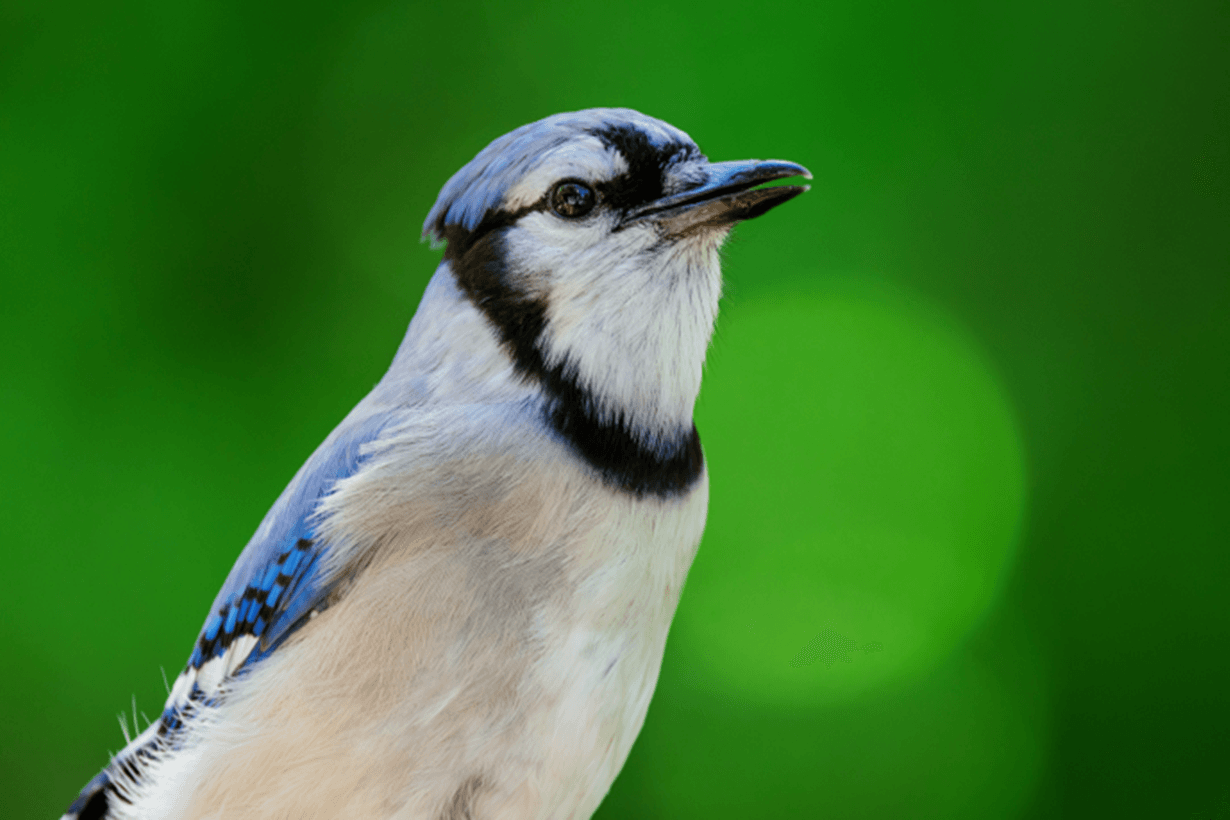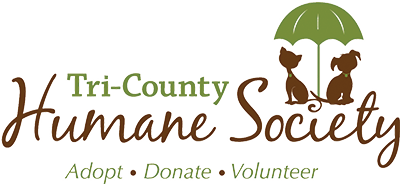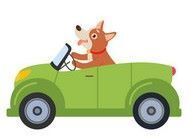
Editor’s Note: This piece is a clarification on some points from our last newsletter regarding our “Return to Field” cat program. We appreciate feedback, and we hope this makes our position more understandable.
Helping outdoor cats through sterilization and vaccination helps wildlife, too. Although free roaming cats certainly do hunt birds and other small prey, the number one cause of harm to wildlife populations is humans— through habitat destruction, pollution, and climate change. The factors that diminish wildlife populations are complex and there are no simple approaches to help.
Outdoor cats are here to stay
Regardless of human intervention, millions of cats live outdoors (they have for thousands of years!) and will continue to do so. They are part of the landscape whether we like it or not. Return to Field or Trap-Neuter-Return programs end the breeding cycle of an outdoor cat, which directly reduces and stabilizes local cat populations. This means there will ultimately be fewer cats hunting small wildlife prey. Simply removing the cats we observe from a certain location will not get rid of cats in the area; surprisingly it is likely to increase the overall population. The ones who remain (there are always more than you see) or new ones who move into the open territory will continue to utilize the resources in the environment such as shelter, prey/food, etc. and reproduce.
Even after the majority of outdoor cats are removed from an area, the population will bounce back within several breeding cycles due to the availability of resources and lack of competition for available resources. Litter sizes will even be larger when there are fewer adults present!
A better way: We can help both!
Removing cats has been empirically shown to be an ineffective approach to controlling prolific species such as cats, and it diverts crucial resources to more efficiently stabilize cat populations and help conservation efforts.
It is not necessary nor productive to choose a position of either helping wildlife or helping cats. We can make positive change for both populations through thoughtful Return to Field and Trap-Neuter-Return programming.
In addition to decreasing the cat population and putting fewer birds and small prey at risk, rabies vaccinations given to cats in these programs will promote better public health for people and wildlife in the area. We will keep working toward doing our best to advance animal welfare for everyone.
Learn more about this topic:
Here’s a great resource that cites many data-driven studies: Frontiers: Rethinking the Animal Shelter's Role in Free-Roaming Cat Management by Dr. Kate F. Hurley and Dr. Julie K. Levy
Another good resource: Cats and Wildlife | Alley Cat Allies (www.alleycat.org)









